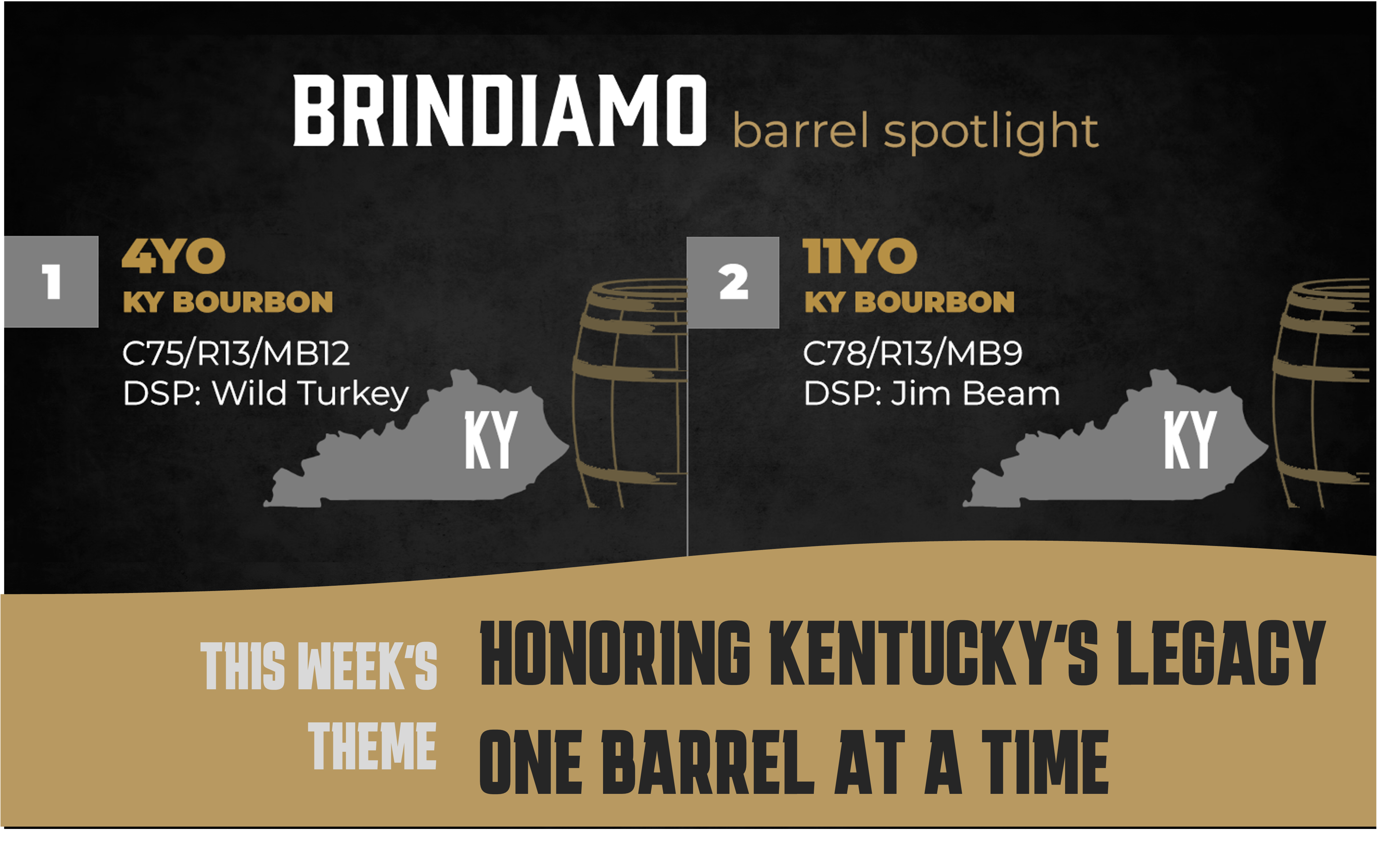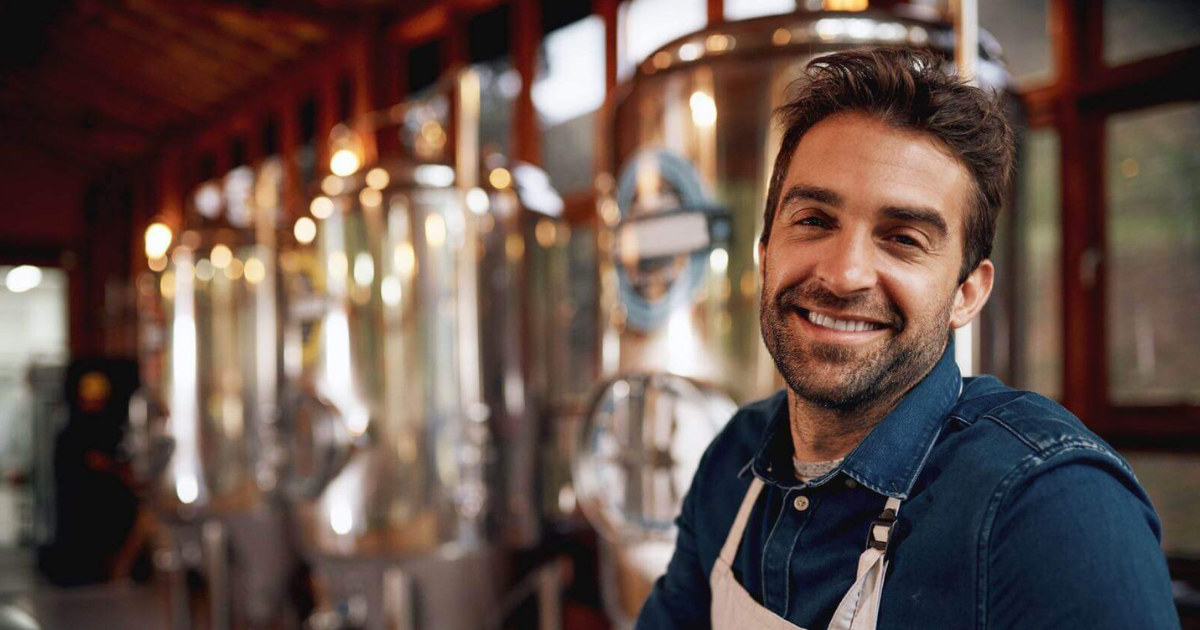Barrel Spotlight: One Mash Bill, Two Unique Paths
Welcome back to the Brindiamo Barrel Spotlight, our weekly email series highlighting the barrels, distilleries, and market dynamics shaping today’s...
Step aside, Baby Boomers. Millennials are officially taking the lead. For marketers to stay on top of their game in branding alcoholic beverages, understanding what drives this generation is key. With unique needs and desires, millennials present a challenge due to their sheer size and diverse segments. To capture their attention, thorough research into their purchasing habits and preferences is crucial.
Recognizing the variations in purchasing behavior is crucial to securing your position in the market.
Let's break it down - there are two segments of millennials: the older group, aged 30 to 38, and the younger group, aged 21 to 29. Each group has its own focus. The older millennials are more settled, likely employed, and some have started families. On the other hand, the younger millennials are fresh college grads entering the workforce and navigating their career paths.
Both groups of millennials share an analytical mindset and a love for exploration. When it comes to beverages, they are open to trying new drinks based on their unique stories or origins rather than solely relying on reputation. This presents an opportunity for smaller companies looking to succeed, although maintaining brand loyalty may pose a challenge.
The average millennial is more influenced by advice from their peers than by a Google search or even social media. The best way to grab their attention is by offering a product that is reliable and high-quality. To keep them coming back, offer outstanding customer service with a modern twist. In today's digital world, online engagement is key for millennials. They appreciate companies that interact with their comments and product reviews online. To attract millennials, provide an alcoholic beverage with a compelling narrative, top-notch service, and a high-quality product at a reasonable price.
Now, let's back up our insights with some statistics on millennials and their drinking preferences.
An impressive 22% of millennial women showed a preference for red wine over other beverages, while beer took the lead for men at 46%. Interestingly, red wine was also a top choice for men, followed by white wine. It's safe to say that red wine is a popular option for both genders, with white wine coming in close behind. Brandy, however, seems to be their least favored choice.
Make sure your pricing aligns with your production costs to break even. The markup is where you'll see your profits, so it's important to be mindful of pricing when targeting millennials. They place value on affordability. The most popular price range falls between $11-$15. But that's not the only factor they consider. Alcohol by volume (ABV) is also on their radar. Both men and women prioritize quality, pricing, and ABV when making a purchase.
If you want your marketing efforts to match their lifestyle choices, you need to understand why they are drinking. Over half of both men and women listed the number one reason for having any alcoholic beverage as “for fun.” The second most common response was to be social. Tapping into the community and social aspect of meeting friends and family for a drink is a great marketing strategy. As we mentioned before, peer-to-peer recommendations are the most influential. You can get your name in front of the millennials by crafting a unique story, product packaging, and engagement online.
It's worth mentioning that women are aware that the wine industry tends to cater to their gender, and the same goes for men with beer. What's intriguing is the lack of specific targeting towards either gender in the marketing of various liquors, even though vodka and whiskey are popular choices.
Every generation appreciates a strong brand. Sometimes, all it takes is a little assistance in shaping your narrative. Your brand identity is crucial for reaching the millennial market. One common pitfall for companies is neglecting their brand identity before launching their product. Working with agencies like Brindiamo Group can help you set that story. Together, we can address sales plans, supplier management, and building your adult beverage brand.

Welcome back to the Brindiamo Barrel Spotlight, our weekly email series highlighting the barrels, distilleries, and market dynamics shaping today’s...

The market for bourbon barrels is bifurcated. Over the course of the last 24 months, the conversation has shifted from how to find whiskey to how to...

Welcome to the Brindiamo Barrel Spotlight, our weekly series celebrating the barrels, distilleries, and market dynamics shaping today’s whiskey...
.png)
Did you know that about 446 billion liters of alcohol are consumed around the world annually? With the global and U.S. demand for alcoholic beverages...

Starting a beverage business involves considering various aspects such as sourcing, storage, location, and staffing once you have chosen a product or...

The alcoholic beverage industry presents significant profit potential, attracting many aspiring entrepreneurs. This expansive industry offers...
.png)
Join the conversation
Leave a comment below.